We know full well that Europe does a lot of wine. And that extends beyond the usual cast of characters such as France, Italy, Spain, Germany, and Portugal.
The continent is full of smaller countries that are having their say in the global wine conversation. Many, like Moldova, have simply slipped through the cracks due to a relatively small production scale, abstract varieties, historical strife, or some combination of all these factors. Yet, there’s much to pay attention to wine-wise coming out of this East European nation wedged between Ukraine and Romania.
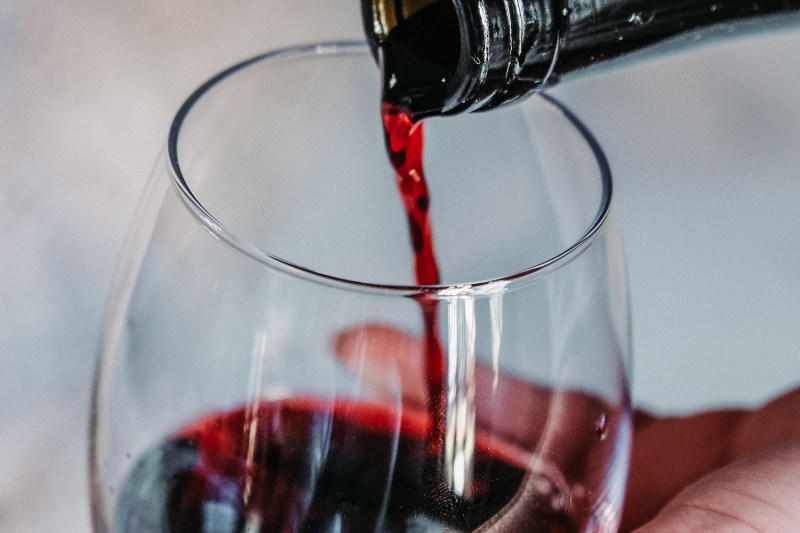
Moldova is among the top 12 countries in Europe and the top 20 worldwide in terms of wine production. Relatively small but touting a good number of vineyards, the country is one of the densest by viticultural standards on Earth. And the majority of its wines are exported, with a good parcel landing in various U.S. markets.
Winemaking as a trade began here around 5,000 years ago. Trade with the Greeks and Romans only bolstered an interest in the stuff and soon the region had a thriving industry. By the reign of Stephen the Great in the 15th century, neighboring East European countries relied on Moldova for a steady stream of wine.
Moldova is among the top 12 countries in Europe and the top 20 worldwide in terms of wine production.
In the early 1800s, under Russian rule, the country focused on some indigenous varieties. Later that century, there was significant French influence and grapes like Pinot Noir, Aligote, Cabernet Sauvignon, and more found a home here. Then, a tough series of blows were dealt by phylloxera and a couple of world wars. The industry has since bounced back some, especially with increased interest stateside, but its strained relationship with Russia has resulted in some trade wars that have affected the health of Moldovan wine.
The country, by the way, is home to the largest cellar in the world, stretching more than 150 miles (although about half is unused). Mileştii Mici, as it’s known, holds nearly 2 million wine bottles in its endless maze of caves. The underground system was established in 1969 to preserve some of the country’s best offerings.
Set around the 46th and 47th parallels, Moldova shares a latitude with some of the world’s great appellations. While landlocked, there is a bit of a Black Sea influence and there are four major production areas based on geography — Valul lui Traian, Stefan Voda, Codru, and Balti.
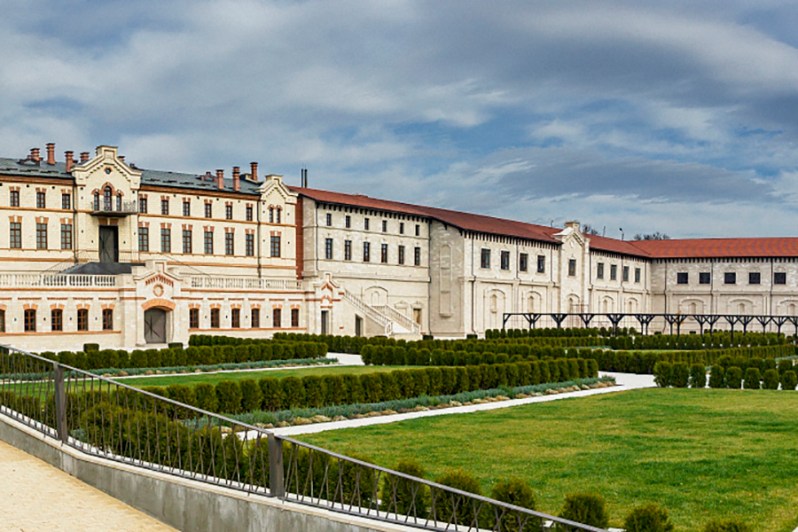
In addition to the aforementioned French grapes, there are some interesting native species as well. Varieties like Bặbeascặ Neagrặ, a light and fruity red that does especially well here and in Romania. Or Feteascặ Albặ, the most common indigenous type in Moldova used for both white wine and sparkling. As a cool side note, it’s also planted in Transylvania.
Thanks to outfits like Wine of Moldova USA, it’s getting easier to find some of these intriguing and usually inexpensive wines on our home turf. A few to look for:
Castel Mimi Feteascặ Albặ
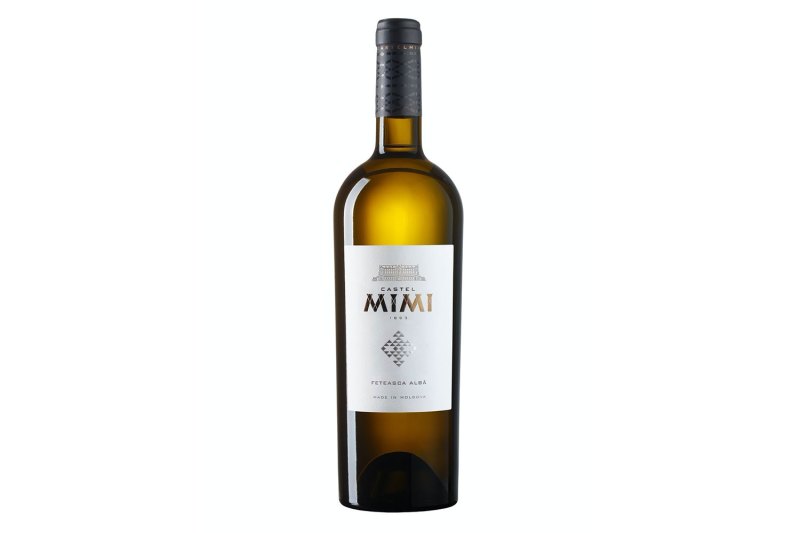
Bright, light, and very agreeable, this wine is a great example of the unfussy nature of some of the country’s more straightforward wines.
Gogu Blanc de Merlot
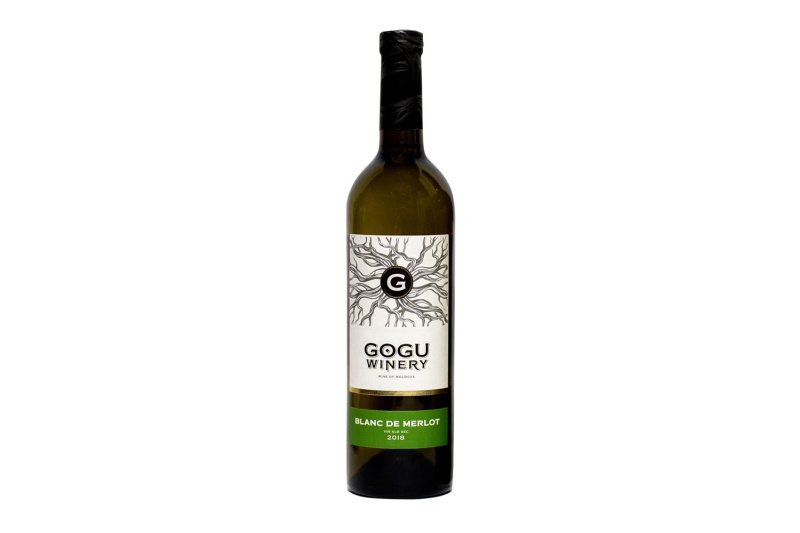
You just don’t see many white takes on Merlot. This one is a little fruity, a little vegetal, and a little spicy.
Chateau Purcari Negru de Purcari
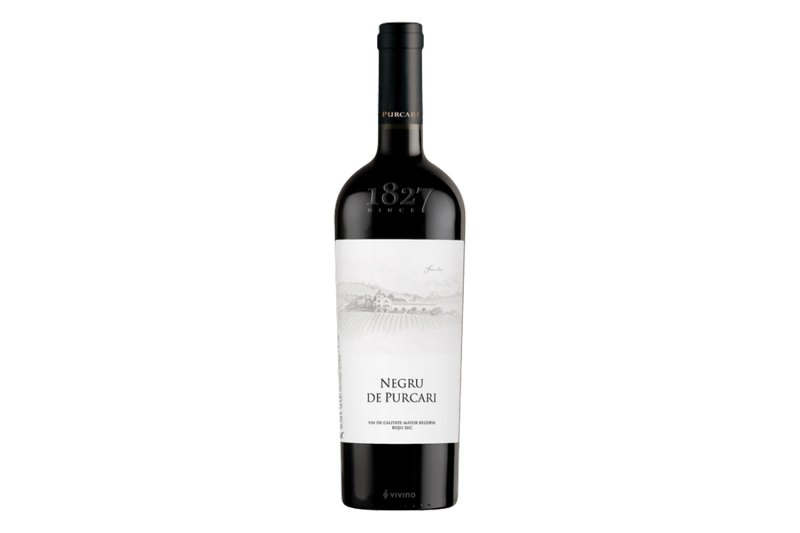
The famous red blend that helped elevate the Moldovan wine industry and is believed to have been enjoyed by British royalty. It’s big and lasting, as a noble blend should be.


